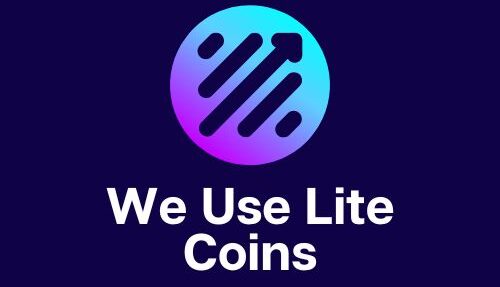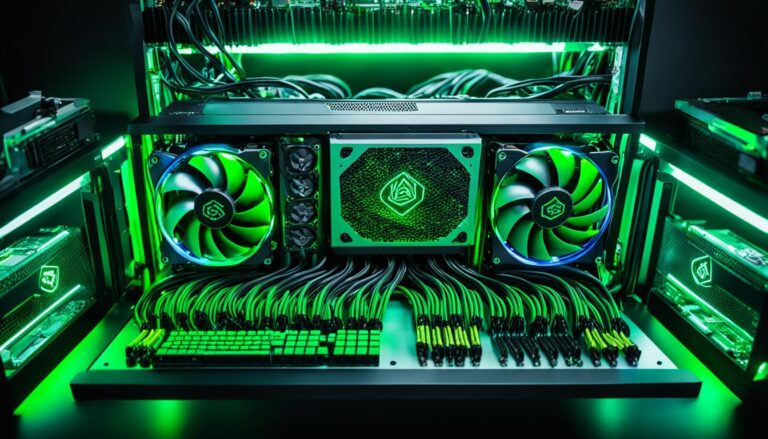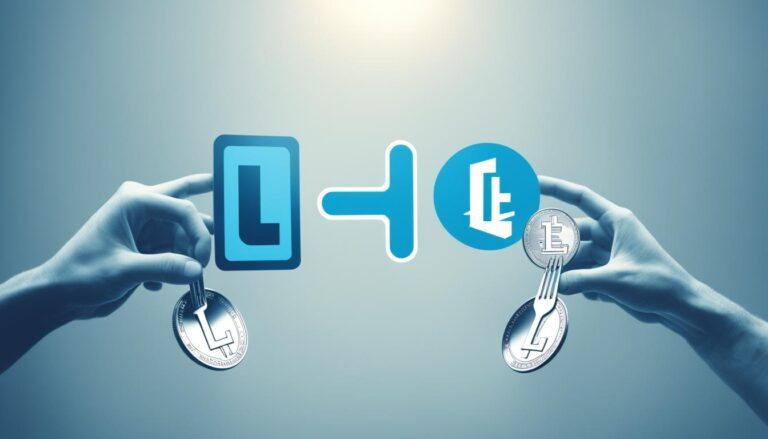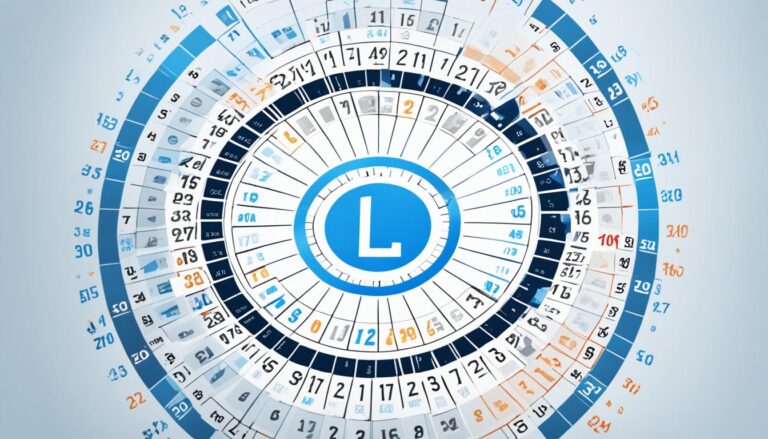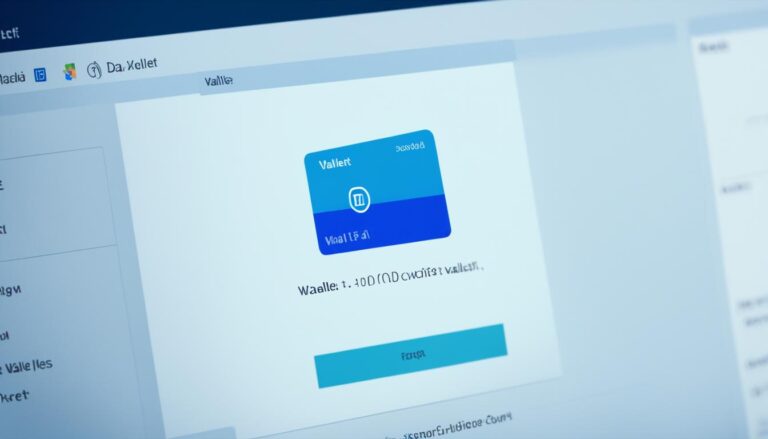How Does Litecoin Work Explained
Have you ever wondered how Litecoin, one of the top cryptocurrencies in the world, actually works? How does it differ from Bitcoin? And what makes it a popular choice for everyday transactions? In this article, we will dive deep into the technology behind Litecoin and explore its blockchain, mining process, and transaction capabilities.
Litecoin Mining Process
In the world of cryptocurrencies, mining plays a crucial role in verifying transactions and securing the network. Litecoin, a popular digital currency that is often referred to as the ‘silver to Bitcoin’s gold,’ follows a similar mining process.
The mining process for Litecoin involves solving complex mathematical problems called hashes. Miners compete with each other to solve these hashes and earn the right to record new transactions on the Litecoin blockchain. This process is known as proof-of-work, where miners use their computational power to find the correct solution.
One of the key features of Litecoin is its hashing algorithm. While Bitcoin uses the SHA-256 algorithm, Litecoin employs Scrypt. This algorithm was specifically designed to make mining accessible to a wider range of participants and prevent mining monopolies.
Litecoin mining requires specialized hardware called ASICs (Application-Specific Integrated Circuits). These devices are specifically designed for mining cryptocurrencies and provide the necessary computing power to solve hashes at high speeds. The mining process for Litecoin requires significant computational power and energy consumption.
It’s important to note that Litecoin follows a halving mechanism, just like Bitcoin. Approximately every four years, the block rewards for miners are reduced by half. This event, known as the ‘Litecoin Halving,’ has a profound impact on the mining ecosystem and the supply of new Litecoins entering circulation.
Moreover, the halving creates scarcity and can contribute to an increase in Litecoin’s value. It incentivizes miners to continue supporting the network while maintaining a controlled and predictable inflation rate.
“Litecoin mining is a competitive process that requires powerful hardware and significant energy consumption. The introduction of the halving mechanism ensures scarcity and contributes to the value of Litecoin.”
Litecoin Transactions and Wallets
Litecoin, a popular cryptocurrency, offers faster transaction processing compared to its predecessor Bitcoin. With a transaction processing speed of 54 transactions per second, Litecoin provides a convenient and efficient platform for small merchants and everyday transactions.
To understand Litecoin transactions, it’s important to have a basic understanding of how cryptocurrencies work. When you make a transaction with Litecoin, it involves the transfer of funds from one Litecoin wallet to another. A wallet functions as a digital vault that securely stores your Litecoins, allowing you to send and receive them as needed.
Each transaction is recorded on the Litecoin blockchain, a decentralized and public ledger that verifies and stores all the transactional information. This blockchain ensures transparency and security, as it is continuously updated and verified by a network of computers around the world.
To access and manage your Litecoin, you need a Litecoin wallet. Wallets come in various forms such as desktop wallets, mobile wallets, hardware wallets, and web wallets. Desktop wallets are software applications that you install on your computer, while mobile wallets are designed for smartphones.
Hardware wallets, on the other hand, are physical devices that provide an extra layer of security by storing your Litecoins offline. Web wallets, also known as online wallets, are accessible through a web browser and provide convenience for users who want to access their Litecoins from anywhere.
When making a transaction, you need to enter the recipient’s wallet address and the amount of Litecoins you want to send. The transaction is then broadcasted to the network, where miners validate and confirm its authenticity. Once the transaction is confirmed, it becomes a permanent part of the Litecoin blockchain, and the Litecoins are transferred from the sender’s wallet to the recipient’s wallet.
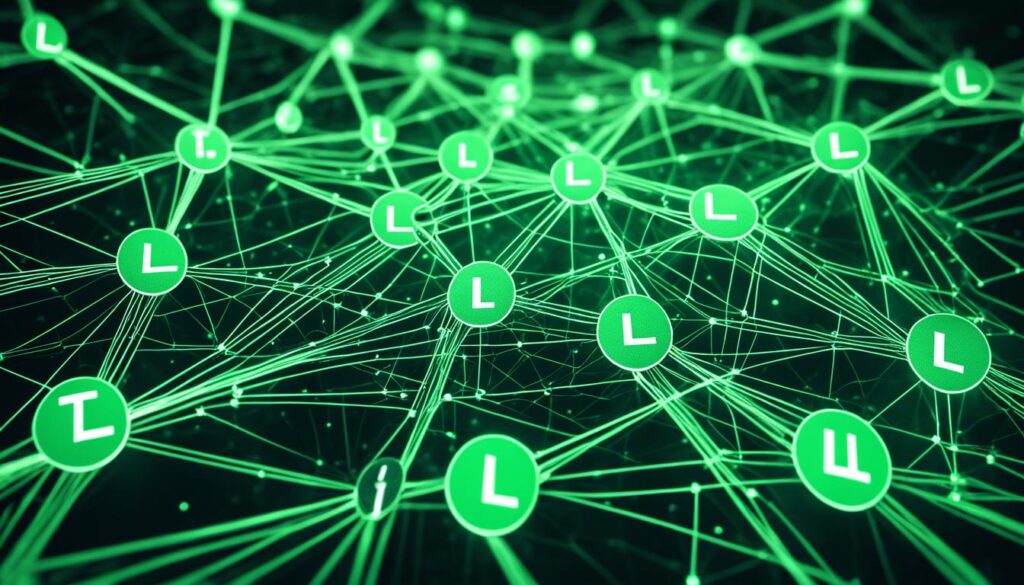
In summary, Litecoin transactions offer fast processing speeds and provide a convenient platform for everyday transactions. Wallets play a crucial role in managing and securing your Litecoins, which can be stored in various forms such as desktop wallets, mobile wallets, hardware wallets, or web wallets. Understanding how transactions and wallets work is essential for anyone looking to engage with Litecoin and the world of cryptocurrencies.
Litecoin Vs. Bitcoin
Litecoin and Bitcoin are both decentralized cryptocurrencies that operate on blockchain technology. However, there are significant differences between the two that set them apart.
Litecoin vs. Bitcoin: Comparison
- Litecoin has a faster block generation time compared to Bitcoin. Litecoin’s block time is 2.5 minutes, while Bitcoin’s block time is 10 minutes. This means that Litecoin transactions are processed and confirmed more quickly.
- Litecoin uses a different hashing algorithm than Bitcoin. While Bitcoin uses the SHA-256 algorithm, Litecoin uses Scrypt. This difference in algorithms affects the mining process and the hardware required for mining.
- Litecoin has a larger total supply compared to Bitcoin. While Bitcoin has a maximum supply of 21 million coins, Litecoin has a maximum supply of 84 million coins.
- Litecoin has implemented Segregated Witness (SegWit) and the Lightning Network, which aim to improve scalability and transaction speed. Bitcoin has also implemented these technologies, but Litecoin was among the first to adopt them.
- Litecoin has a different community and development team compared to Bitcoin. While Bitcoin is widely known and has a larger market capitalization, Litecoin has its own dedicated community and development efforts focused on enhancing its features and utility.
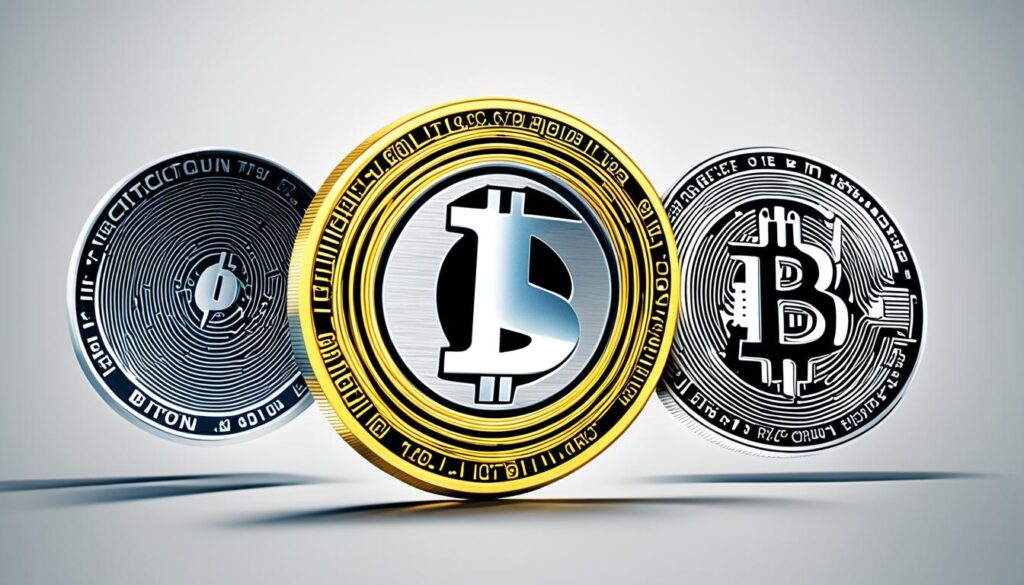
“Litecoin offers faster transaction confirmation times and a different hashing algorithm compared to Bitcoin.” – Charlie Lee, creator of Litecoin.
Overall, while Litecoin and Bitcoin share similarities as cryptocurrencies, their differences in block time, hashing algorithm, total supply, scalability solutions, and community make them distinct choices for users and investors.
Conclusion
When considering whether Litecoin is a good investment, it’s crucial to take into account a variety of factors and weigh them against your individual preferences. While no one can predict the future with certainty, Litecoin’s future prospects appear promising in many ways.
Litecoin has been recognized as one of the top cryptocurrencies and has gained significant popularity in the digital currency market. Its unique features, such as faster transaction speeds and lower transaction fees, make it an attractive option for those seeking to conduct everyday transactions.
Furthermore, Litecoin’s strong development team, led by its creator Charlie Lee, actively works on implementing upgrades, improvements, and innovative solutions to enhance the coin’s usability and scalability. These ongoing efforts indicate a commitment to the long-term success and growth of Litecoin.
However, as with any investment, it’s important to conduct thorough research, carefully analyze market trends, and consider your risk tolerance before making a decision. Consulting with a financial advisor can also provide valuable insights to help you navigate the world of cryptocurrency investing.
